Find a hike near me is more than just a search; it’s a gateway to nature’s embrace. This guide delves into the nuances of finding the perfect trail, considering everything from user intent to visual representation. We explore the diverse needs of hikers, from seasoned explorers to families and beginners, and the factors that shape their ideal hike, including distance, difficulty, and scenic beauty.
Understanding user intent is paramount. Experienced hikers might seek challenging trails, while families prioritize accessibility and kid-friendly options. The search for the perfect hike near me involves careful consideration of location, desired difficulty, and available amenities. This guide provides a structured approach to identifying ideal hikes, incorporating location-based filtering, difficulty and duration classification, and showcasing essential amenities.
Understanding User Intent
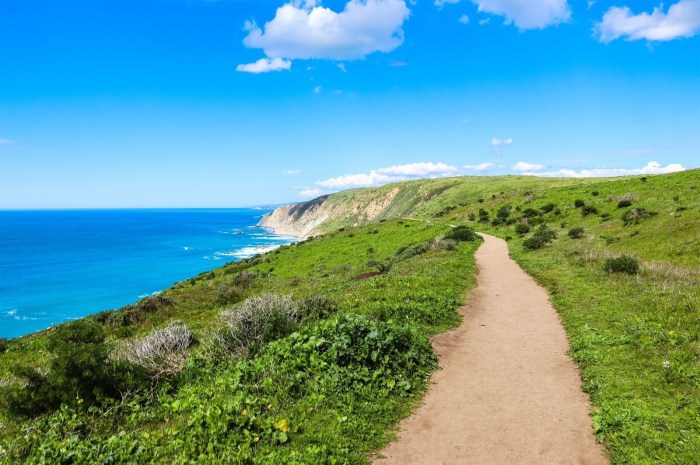
Source: trailsnearme.org
Users searching “find a hike near me” are seeking outdoor recreational experiences. This search reflects a desire for physical activity, exploration, and connection with nature. The search intent is multifaceted, encompassing varying levels of experience, preferences, and needs. Understanding these nuances is critical for providing relevant and valuable results.The motivation behind this search often stems from a desire for fresh air, exercise, and a change of scenery.
Beyond the inherent enjoyment, users may also be seeking opportunities for relaxation, social interaction, or personal growth through nature immersion. The search is fundamentally about finding an optimal outdoor experience that aligns with their specific needs and preferences.
Motivations and User Profiles
The users behind the search “find a hike near me” encompass a diverse range of individuals. Experienced hikers are looking for challenging routes and rewarding landscapes. Families with children seek accessible trails with engaging environments. Beginners may be looking for gentle introductory paths to develop their hiking skills. Groups of friends or couples might be seeking trails for social outings.
Each user segment has different priorities and expectations.
Factors Influencing Hike Choice
Several key factors contribute to a user’s selection of a particular hike. Difficulty level is paramount; users must find a trail that matches their physical abilities. Distance is another crucial consideration, as users might have time constraints or varying levels of stamina. Scenery plays a vital role; users might prefer scenic views, wildlife encounters, or specific types of landscapes.
Amenities such as restrooms, water sources, or picnic areas can influence the decision-making process.
Impact of Location on Search Results
The user’s location is central to the search results. A search for “find a hike near me” in a densely populated urban area will yield different results than a search in a rural or mountainous region. Algorithms must consider proximity to the user’s location, ensuring that the displayed hikes are geographically relevant. This geographic focus is crucial to provide practical and useful results.
User Expectations and Needs
Users expect accurate and comprehensive information about the hike. This includes detailed trail descriptions, maps, difficulty ratings, and estimated times. Information about amenities, parking availability, and potential hazards is also highly valued. Users need to feel confident that the trail meets their needs and expectations. Real-time information about weather conditions and trail closures would further enhance the experience.
Ultimately, users want to be able to plan and execute their hike smoothly and safely.
Hike Information Structure
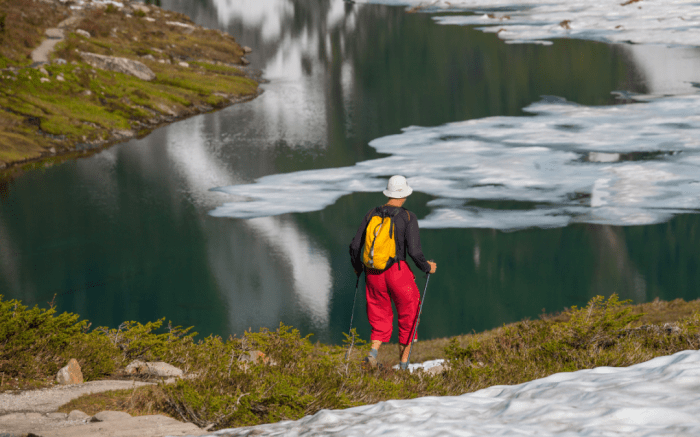
Source: theroguetraveler.com
Effective hike discovery hinges on a robust information structure. This structure must accommodate a wide range of user needs and preferences, from seasoned hikers seeking challenging ascents to families seeking gentle strolls. The design should prioritize clarity, accuracy, and user-friendliness.
Hike Information Table
A well-organized table is crucial for presenting essential hike details. This format enables users to quickly compare various trails, facilitating informed decisions. The table should include key attributes for a comprehensive overview.
Finding a hike near you can be surprisingly easy, especially when you consider the wealth of options available. For instance, exploring “great hikes near me” is a great starting point. Sites like great hikes near me offer detailed reviews and recommendations, making your search for the perfect local trail a breeze. Ultimately, discovering a satisfying hike nearby often involves just a little online research.
| Name | Location | Difficulty | Distance | Description | Amenities |
|---|---|---|---|---|---|
| Mount Tamalpais Round Trip | Marin County, CA | Moderate | 10 miles | A scenic loop trail with stunning views of the Bay Area. Features diverse terrain, including shaded forests and open meadows. | Parking, restrooms, water fountains |
| Bear Mountain Trail | New York | Strenuous | 12 miles | A challenging ascent to the summit with rewarding vistas. Requires a high level of fitness and preparation. | Limited parking, water sources available along the trail |
| Point Reyes National Seashore | Marin County, CA | Easy | 5 miles | A coastal walk with beautiful beaches and cliffs. Perfect for families and leisurely strolls. | Parking, restrooms, limited water access |
Hike Attributes
Beyond the basic table information, a deeper understanding of the trail is vital. Attributes provide critical context, helping users make informed decisions based on their specific needs and preferences.
Locating a nearby hike can be as simple as using a mobile app. Understanding the nuances of hiking, however, requires a grasp of the broader definition. For a comprehensive understanding of hiking, consult this resource on the Britannica website: Hiking Definition. Once you’ve familiarized yourself with the specifics, you can confidently search for a trail that suits your needs and preferences.
- Trailhead: The starting point of the hike, crucial for navigation and planning.
- Parking Availability: Essential for car-based hikers; indicate whether parking is plentiful, limited, or requires permits.
- Water Sources: Knowing the presence and accessibility of water sources is vital for hydration, particularly on longer hikes.
- Elevation Gain: Provides a metric of the hike’s steepness, aiding in assessing physical demands.
Engaging Hike Descriptions
Effective descriptions go beyond simple summaries. They paint a picture, making the hike come alive. A compelling description fosters anticipation and interest.
“This moderate trail winds through a vibrant redwood forest, culminating in a panoramic vista of the valley below. Expect shaded sections and some gentle inclines.”
“Prepare for a challenging but rewarding climb to the summit, where breathtaking 360-degree views await. Be prepared for steep inclines and potential exposure.”
Finding a hike near you is easy, but discovering truly scenic hikes near you elevates the experience. Exploring local trails, particularly those offering breathtaking vistas, is a rewarding pursuit. Resources like scenic hikes near me can help pinpoint those hidden gems, ultimately enhancing your next outdoor adventure. So, start planning your next hike today!
Categorizing Hikes
Organizing hikes by user preferences facilitates targeted searches. Clear categorization allows users to find hikes aligned with their needs.
- Difficulty Levels (Easy, Moderate, Strenuous): Reflects the physical demands of the hike.
- Length (Short, Medium, Long): Aids in choosing hikes based on available time.
- Terrain (Flat, Hilly, Mountainous): Describes the surface features of the trail.
- Scenery (Forest, Coastal, Mountain): Captures the visual appeal of the hike.
Sample Table by User Needs
The following table illustrates how hikes can be organized based on user preferences, enabling targeted search results.
| User Need | Hike Category | Example Hike |
|---|---|---|
| Families with young children | Easy, Short, Flat Terrain, Scenic | Point Reyes National Seashore |
| Experienced hikers seeking a challenge | Strenuous, Long, Mountainous Terrain | Bear Mountain Trail |
| Hikers looking for moderate difficulty | Moderate, Medium Length, Scenic | Mount Tamalpais Round Trip |
Location-Based Filtering
Accurate location targeting is critical for a hiking app. Users expect relevant results near their current position. This requires robust location handling, nuanced precision options, and a seamless map integration to deliver the best user experience. Failing to accurately reflect local hiking options can significantly impact user satisfaction and engagement.The core functionality of location-based filtering involves precisely pinpointing the user’s location and utilizing that information to display hiking trails within a defined radius.
This requires careful consideration of the user’s location input, various location precision options, and the presentation of geographically relevant results. Efficient filtering algorithms are essential for presenting trails in a timely and organized manner, especially when dealing with large datasets.
Methods for Incorporating Location-Based Filtering
Precise location data is essential for effective filtering. A user’s location, obtained via GPS or other location services, should be immediately processed and integrated into the algorithm. The system must accommodate potential variations in location accuracy. The accuracy of location data is a key element in determining the relevance of results.
Handling User Location Input Accurately and Reliably
The application should handle various scenarios involving location input. Inaccurate or outdated location data can lead to irrelevant results, negatively impacting user experience. Robust error handling and fallback mechanisms are crucial for maintaining a smooth and reliable user experience. For instance, if GPS signal is weak or unavailable, the application should gracefully fall back to alternative location sources, such as Wi-Fi or cellular tower data.
This approach mitigates the impact of poor signal conditions on user experience.
Location Precision Options and Their Impact on Results
Different location precision options significantly impact the results. High-precision location data, such as GPS, delivers a more exact position, allowing for highly accurate results. Lower-precision location data, such as approximate Wi-Fi or cellular data, can still provide useful results, but may require adjusting the search radius to accommodate for the reduced precision. The app should present clear information about the location precision used to provide context to the user.
Approaches to Show Geographically Relevant Results
Several approaches can ensure results are geographically relevant. Implementing a filtering mechanism that considers distance from the user’s location is crucial. The system should incorporate distance calculations based on latitude and longitude coordinates. The algorithm must be efficient and handle large datasets of hiking trails effectively.
Displaying Search Results in a Map-Based Interface
A map-based interface enhances the user experience by providing a visual representation of the search results. The map should clearly display the user’s location and highlight nearby hiking trails. Markers for trails, alongside clear labels, are vital for easy identification. The map should be interactive, allowing users to zoom in or out, pan across the map, and obtain detailed information about trails.
This visual representation facilitates easier exploration and selection of nearby trails.
Hike Difficulty and Duration
Understanding hike difficulty and duration is crucial for selecting a suitable trail. This allows users to match their physical capabilities and available time with the demands of the hike. Accurate representation of these factors enhances the user experience and ensures a positive outcome.Precise classification of hikes based on difficulty levels and clear communication of durations are essential components of a robust hiking platform.
Users should be able to quickly assess the effort required for a particular hike and the time commitment it entails. This empowers informed decision-making and avoids disappointment or injury.
Hike Difficulty Classification
Accurate difficulty classification ensures users select hikes aligning with their abilities. A standardized system, encompassing factors like elevation gain, trail terrain, and presence of obstacles, is necessary. This system needs to be easily understood by the average user, fostering user confidence and preventing mismatches between user expectations and the hike’s demands.
Finding a hike near you is straightforward, but discovering extended adventures like long hiking trails near me adds a significant dimension to the experience. These longer routes offer a greater challenge and reward, providing a more immersive hiking experience. Ultimately, whether you seek a quick, refreshing local hike or a longer, more demanding expedition, the options are diverse and accessible.
- Easy hikes typically involve minimal elevation gain, gentle terrain, and few obstacles. They are ideal for beginners or those seeking a leisurely experience.
- Moderate hikes feature a moderate elevation gain, varied terrain, and some obstacles, like uneven surfaces or rocky sections. These are suitable for experienced hikers seeking a balance between challenge and enjoyment.
- Challenging hikes involve significant elevation gain, steep inclines, and potentially complex terrain. These are designed for experienced hikers with high fitness levels and a willingness to undertake significant exertion.
Duration Representation
Clearly conveying hike duration empowers users to plan their outings effectively. Representing duration using both time and distance provides a comprehensive understanding of the hike. This approach facilitates effective scheduling and resource allocation.
- Duration can be expressed in hours, including estimated travel time. This allows users to factor in travel time to and from the trailhead, setting realistic timeframes for their hikes.
- Distance, measured in miles or kilometers, provides an alternative perspective. This is especially helpful for hikers who prefer to focus on the overall distance rather than the time commitment.
Duration and Difficulty Examples
Presenting this information in a concise and user-friendly format enhances the user experience.
| Hike Name | Difficulty | Duration (Hours) | Distance (Miles) |
|---|---|---|---|
| Mountaineer’s Trail | Challenging | 6-8 | 12 |
| Riverside Loop | Easy | 2-3 | 5 |
| Canyon Ridge | Moderate | 4-5 | 8 |
Organizing Hikes by Distance and Time Constraints
Implementing filters based on distance and time constraints allows users to refine their search. This facilitates targeted exploration of hiking options. Users can swiftly identify hikes matching their desired time and distance parameters.
- Users can specify maximum distance and time parameters, refining search results to only include suitable options.
- This filtering process empowers users to narrow their choices to those that align with their available time and physical capabilities.
Hike Amenities and Features
Enhancing the user experience on hiking trails hinges significantly on the availability and clarity of trail amenities and features. These elements are crucial in shaping the overall enjoyment and safety of the hiking experience. Providing comprehensive information about amenities enables users to make informed decisions, potentially preventing negative experiences due to unforeseen circumstances.Understanding the user’s perspective is paramount.
Hikers need to know what facilities are available, so they can plan their trip effectively and anticipate potential needs. Providing this information in a user-friendly format enhances the value proposition of the hiking experience and fosters a positive user experience.
Importance of Highlighting Amenities
Comprehensive information on amenities significantly impacts the user experience. Knowing if restrooms, water fountains, or picnic areas exist along a trail allows hikers to plan their trip effectively, avoiding unexpected situations or discomfort. This proactive information empowers users to make informed decisions about choosing a hike and increases the likelihood of a positive experience.
Potential Amenities to Include
A well-structured list of amenities enhances the user’s ability to plan effectively. Crucial elements to include are:
- Restrooms: Presence of restrooms significantly affects the experience, especially for longer hikes or those with families or groups. Their availability is a key factor for many users, impacting their decision-making.
- Water Fountains: Accessible water sources are essential, particularly on hot days or during extended treks. Users need to know where they can refill their water bottles, impacting hydration and safety.
- Picnic Areas: The availability of picnic areas allows hikers to enjoy meals and breaks in designated areas, enhancing the overall experience. These areas contribute to a more relaxing and enjoyable experience.
- Shade: Shade is vital for comfort, particularly during summer months or on exposed trails. Users need to be aware of shaded areas for breaks and rest.
- First-Aid Stations: The inclusion of first-aid stations or personnel is crucial for safety. Knowing their location can alleviate anxiety and ensure prompt response to minor injuries.
Organizing and Presenting Information Concisely
A well-organized presentation is key for users to easily find the information they need. The information should be presented in a clear and accessible manner. A tabular format can be beneficial:
| Amenity | Location | Description |
|---|---|---|
| Restrooms | Mile marker 3 | Clean and well-maintained facilities |
| Water Fountain | Trailhead | Cold water available |
| Picnic Area | Near summit | Large area with benches |
Showcasing Scenic Beauty and Unique Features
Detailed descriptions of the scenic beauty and unique features of a hike create a richer user experience. Instead of just listing the amenities, evocative language can draw the user in. Highlighting geological formations, wildlife sightings, or panoramic views adds value and excitement to the trail description. For example, “Enjoy breathtaking views of the valley from the summit.” or “Keep an eye out for the rare wildflowers along the trail.”
Impact of Accessibility Features
Highlighing accessibility features enhances the experience for all users. Listing wheelchair accessibility, paved sections, or gentle inclines is crucial for users with mobility limitations. Users appreciate knowing that the hike is suitable for their needs. For example, “This trail is fully accessible with paved sections and gentle inclines.”
Visual Representation
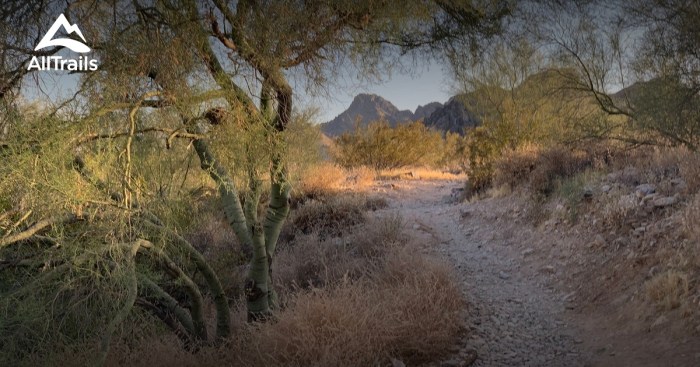
Source: alltrails.com
A compelling visual experience is crucial for a successful hiking search platform. Users need to quickly grasp the essence of a trail, its character, and its potential rewards. Effective visual representation goes beyond simple aesthetics; it directly influences user engagement and decision-making. Visuals must accurately portray the trail’s key characteristics, inspiring users to explore.Visuals play a critical role in showcasing the appeal and potential of each hike.
High-quality images, paired with detailed maps, allow users to truly immerse themselves in the experience before setting foot on the trail. This pre-emptive visualization allows users to match their expectations with the reality of the hike, thus enhancing their enjoyment and reducing potential disappointment.
High-Quality Imagery
Visuals are essential for conveying the essence of a hiking experience. Clear, sharp images that showcase the trail’s scenery and terrain are paramount. Images should highlight the key features of the hike, from the surrounding landscape to the path itself. This is not merely about aesthetics, but also about providing critical information.
- Scenic Views: Images showcasing panoramic vistas, waterfalls, or other noteworthy natural features significantly enhance the appeal of a hike. Consider a wide-angle shot of a valley, capturing the overall scale and beauty of the terrain. Include a close-up of a unique geological formation or a cluster of vibrant wildflowers to emphasize the visual diversity.
- Terrain Clarity: Representing the terrain accurately is essential. Images should demonstrate the trail’s difficulty, including steep ascents, rocky sections, or narrow passages. Including a variety of angles—from ground-level views of the path to elevated perspectives showing the surrounding landscape—offers a more complete picture of the trail’s characteristics.
- Mood and Atmosphere: A well-chosen image can evoke the feelings and emotions associated with a hike. A sunrise over a mountain range can create a sense of awe and wonder, while a serene forest scene can inspire tranquility. Consider images that convey the atmosphere of the trail, whether it’s a lively stream cascading down a mountainside or the quiet solitude of a remote woodland.
Detailed Trail Maps
Maps are crucial for enabling users to visualize the trail’s route and its relationship to the surrounding landscape. The maps should be clear, easy to understand, and accurate. Incorporating a variety of map features allows users to plan their hike effectively.
- Clear Trail Path: The trail’s path should be clearly highlighted on the map, making it easy to follow. Use a distinctive color or style to differentiate the trail from other paths or roads. Label key landmarks, intersections, and points of interest along the route.
- Elevation Profiles: Incorporate elevation profiles to help users understand the hike’s elevation changes. A graph displaying the elevation gain and loss provides a clear picture of the physical demands of the trail. This visualization allows users to gauge their fitness level against the expected challenges.
- Navigation Tools: Include features like zooming and panning to allow users to explore the map in detail. Provide the option to download or share the map for offline use or to integrate it with navigation apps.
Visual Storytelling
High-quality visuals play a significant role in conveying the essence of a hike. A carefully curated collection of images can tell a compelling story, enhancing the user experience and fostering a sense of anticipation.
- Emotional Impact: Images can evoke a range of emotions, from excitement and adventure to tranquility and wonder. By carefully selecting images that resonate with different users, the platform can create a more engaging and meaningful experience. For instance, an image of hikers enjoying a sunset view evokes a sense of accomplishment and connection with nature.
- Authenticity: Visuals should accurately reflect the hike’s experience. Images showcasing the beauty and challenges of the trail, whether it’s the rugged terrain or the breathtaking vistas, can build trust and credibility. Authentic images that reflect the reality of the hike are crucial for building user confidence.
- Inspiration: Images that inspire and motivate users to embark on a hike are essential. By showcasing the beauty and rewards of the trail, the platform can encourage exploration and discovery. This can be accomplished through images that depict the unique characteristics of the hiking trail, including scenic views, wildlife encounters, or unique geological formations.
User Experience Considerations
Crafting a user-friendly hiking search platform hinges on a deep understanding of user needs and a meticulous design approach. A seamless experience should guide users from initial search to detailed hike information, encouraging exploration and informed decision-making. This requires a focus on intuitive navigation, visually appealing presentation, and responsive design for optimal user engagement.Effective user experience goes beyond just displaying information; it involves making the process of finding the perfect hike enjoyable and efficient.
Clear navigation, easily digestible information, and a visually appealing interface are key components of a successful platform. This empowers users to quickly discover suitable hikes and confidently plan their outdoor adventures.
Presenting Search Results in a User-Friendly Format
A well-organized search results page is crucial for user satisfaction. This entails presenting information in a structured, easily scannable format. Use clear headings, concise descriptions, and high-quality images or visuals to capture user attention and effectively communicate hike details. Employ visual hierarchy, prioritizing key information such as hike name, location, and difficulty.
Ensuring Clear Navigation and Efficient Information Retrieval
Navigation should be intuitive and allow users to easily refine their search criteria. Implementing a robust search bar and providing clear filters (e.g., distance, difficulty, amenities) ensures users can quickly zero in on relevant results. The platform should offer multiple ways to access information, such as filtering by distance, duration, or amenities, to provide options that cater to diverse user preferences.
Users should be able to easily return to previous search results or refine their search parameters.
Creating a Visually Appealing and Informative Presentation of Hike Results
The visual presentation significantly impacts user engagement. Use high-quality, visually appealing images or maps to showcase the hike’s scenic beauty. Employ clear and concise text descriptions, highlighting key features such as trailhead access, parking availability, and potential hazards. A visually appealing interface helps to create a positive user experience and fosters a sense of anticipation for the planned hike.
Consider using color coding to distinguish different hike difficulty levels.
User Interface Elements for Filtering and Sorting Hike Results
Implementing effective filtering and sorting mechanisms allows users to quickly refine their search results. Provide clear labels for each filter, enabling users to easily understand and adjust their preferences. Consider allowing users to sort results by criteria such as distance, difficulty, or popularity. Enable users to save their favorite hikes for future reference. A user-friendly interface for filtering and sorting promotes ease of use and helps users find the perfect hike quickly.
Importance of Mobile Responsiveness and Optimization for Different Devices, Find a hike near me
The platform should be optimized for various devices, including desktops, tablets, and smartphones. A responsive design ensures that the platform adapts to different screen sizes, providing a consistent and enjoyable experience across all devices. This optimization is essential for accessibility and usability, ensuring that users can access and use the platform regardless of the device they are using.
Prioritize fast loading times and intuitive touch controls for mobile users.
Final Summary: Find A Hike Near Me
In conclusion, finding the perfect hike near you is a personalized journey. This comprehensive guide equips you with the knowledge and tools to navigate the vast world of outdoor adventures. By understanding user intent, structuring hike information effectively, and incorporating location-based filtering, difficulty and duration, and amenities, you can create a truly satisfying experience. Enjoy the great outdoors!
FAQ Corner
What if I don’t know the difficulty level of a hike?
Many hiking resources provide detailed descriptions and ratings of difficulty. Look for indicators like elevation gain, terrain type, and presence of steep inclines. If in doubt, choosing a trail marked “easy” or “moderate” is a safe bet.
How can I find out if there are restrooms or water fountains near the trailhead?
Check the hike description carefully. Detailed information about amenities like restrooms, water sources, and picnic areas is crucial for planning your outing. Also, consider contacting local park authorities or using online resources for updated information.
Are there any resources for finding accessible hikes?
Some hiking websites and apps specifically list accessible trails. Look for s like “wheelchair accessible” or “ADA compliant” in your search. Also, consider contacting local parks and recreation departments for information on trails catering to various needs.
What if I’m looking for a hike with specific scenery?
Many resources categorize hikes by scenery type, such as forests, mountains, or coastal areas. Use these filters to narrow your search and find hikes that match your visual preferences. Detailed descriptions of the trail and its surroundings can provide a better understanding of what to expect.

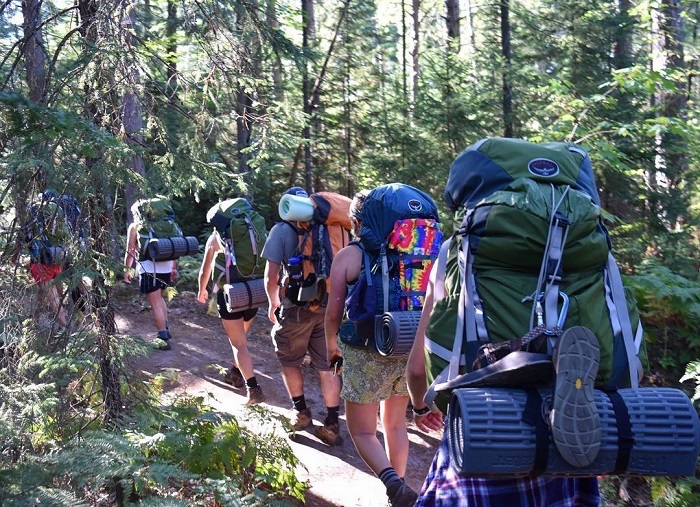

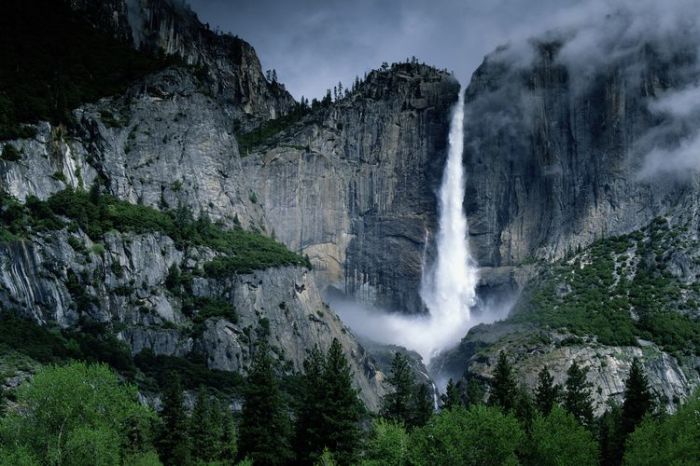
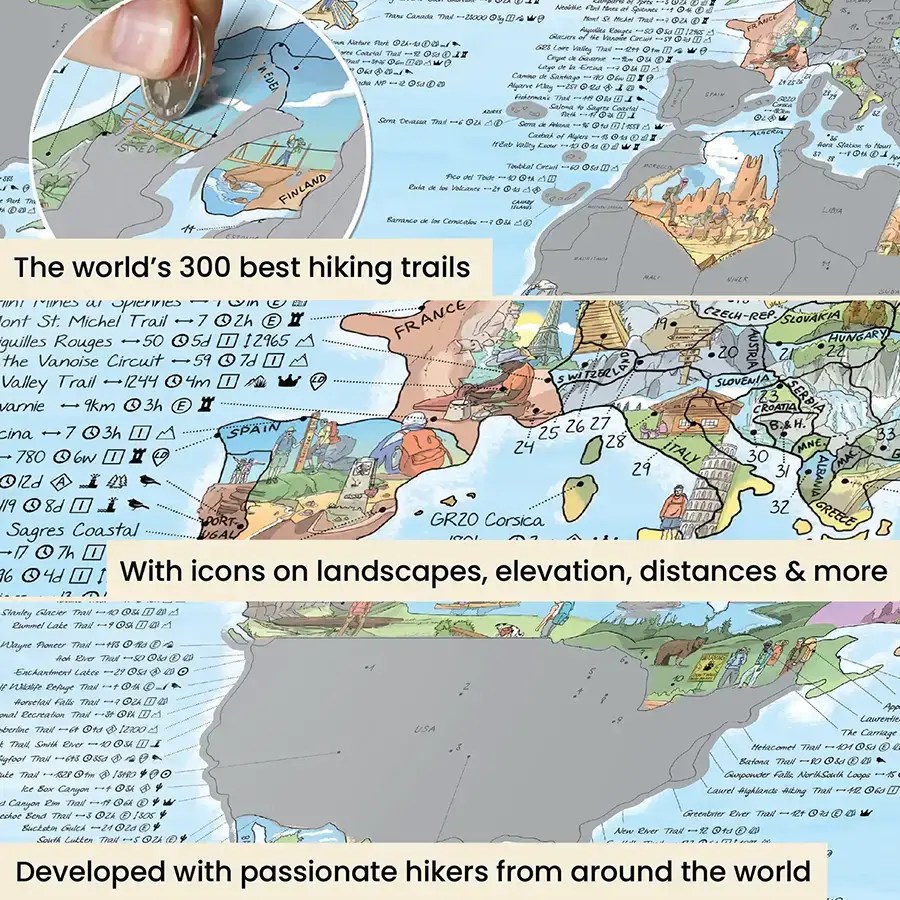
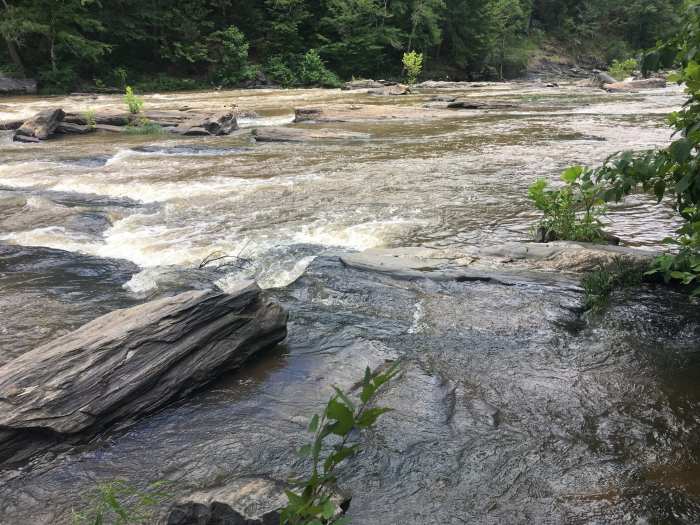
Leave a Reply